
-
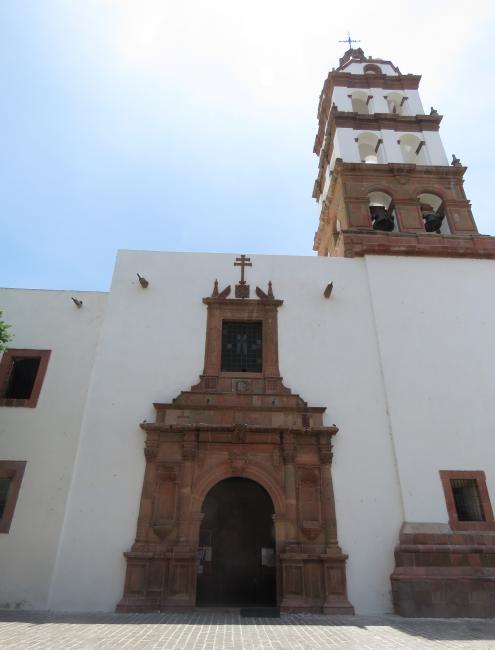
Templo de San Francisco
-
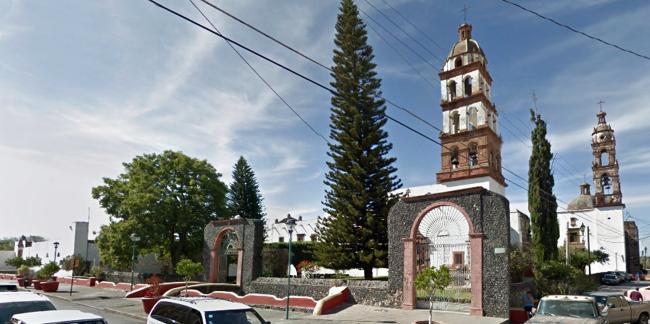
Conjunto Religioso de San Francisco
-

Conjunto Religioso de San Francisco
-
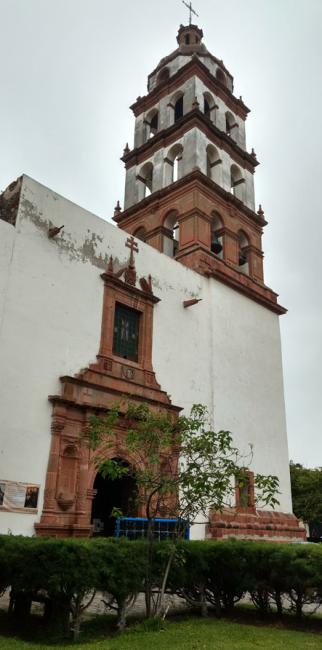
Conjunto Religioso de San Francisco
-
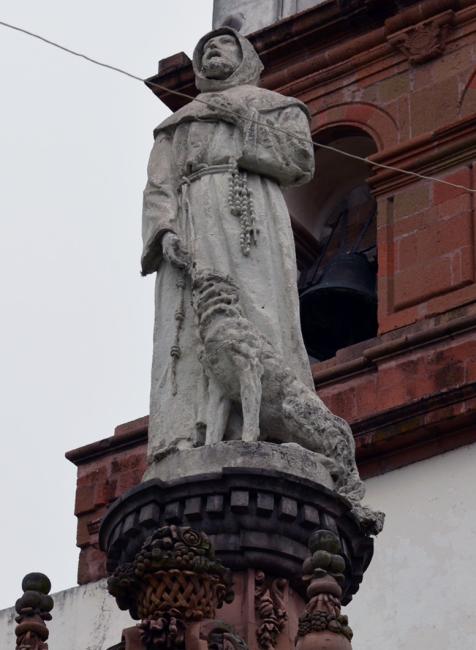
Monumento a San Francisco de Asís
Escultura de inicios del siglo XX, basada en la historia de San Francisco y el lobo de Gubbio.
https://catalogonacionalmhi.inah.gob.mx/consulta_publica/detalle/20806
-
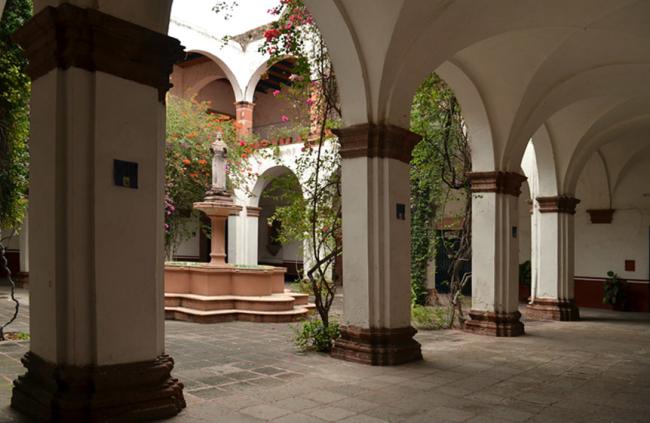
Convento de San Buenaventura
-
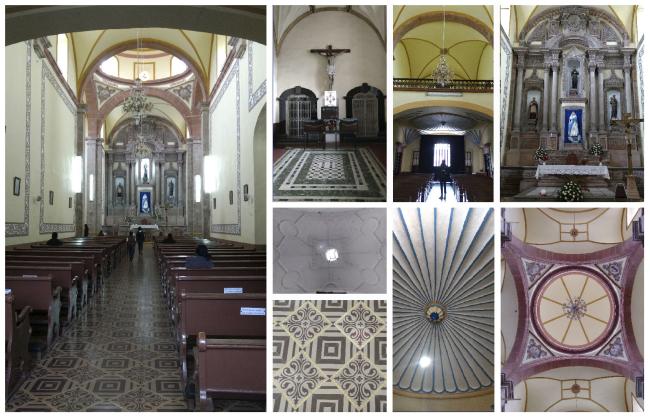
Templo de San Francisco
-
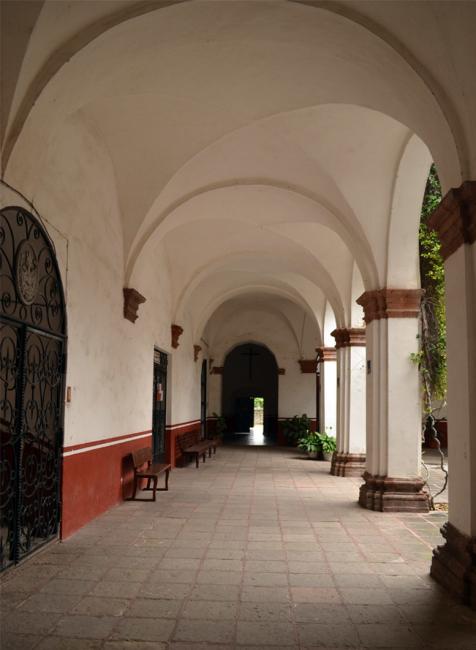
Convento de San Buenaventura
-
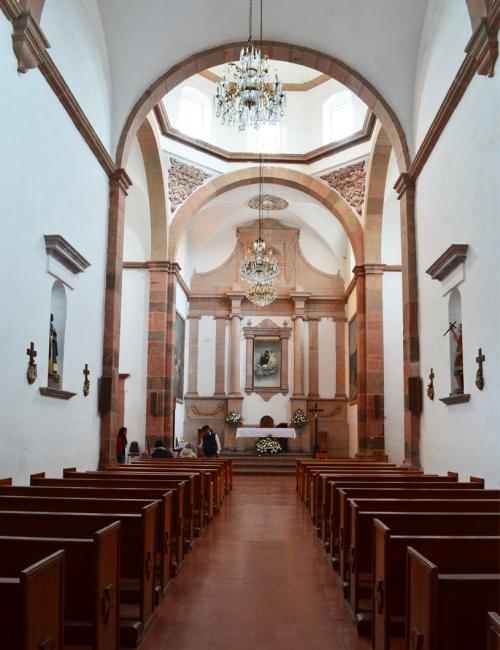
Templo de San Antonio
-
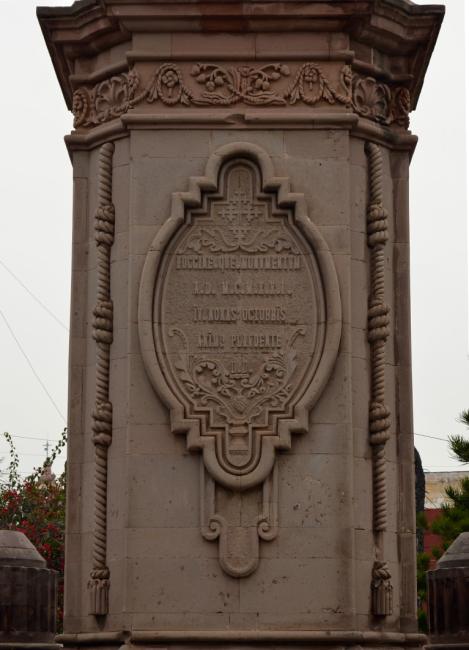
Monumento a San Francisco de Asís
Escultura de inicios del siglo XX, basada en la historia de San Francisco y el lobo de Gubbio.
https://catalogonacionalmhi.inah.gob.mx/consulta_publica/detalle/20806
-
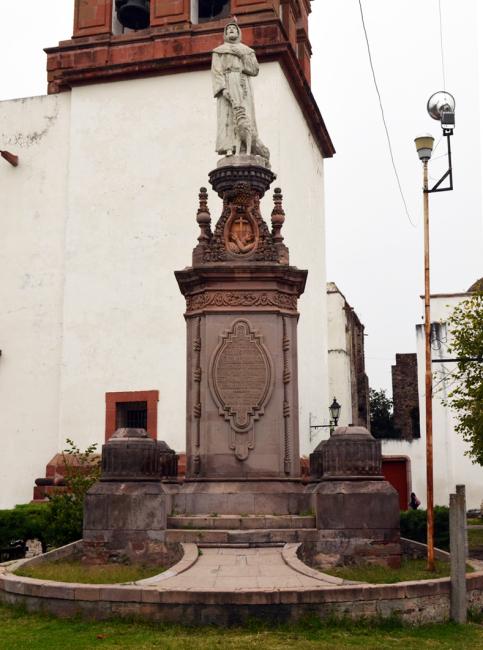
Monumento a San Francisco de Asís
Escultura de inicios del siglo XX, basada en la historia de San Francisco y el lobo de Gubbio.
https://catalogonacionalmhi.inah.gob.mx/consulta_publica/detalle/20806
-
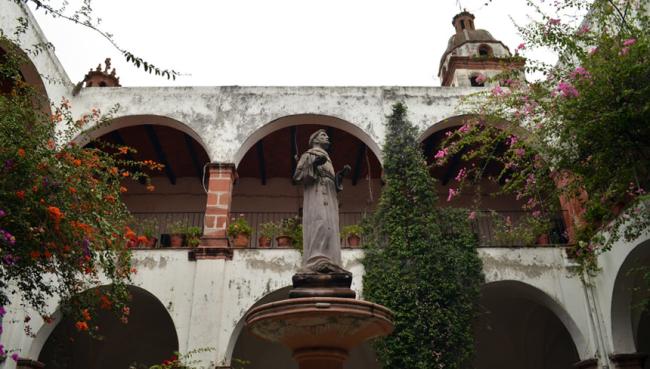
Convento de San Buenaventura
-
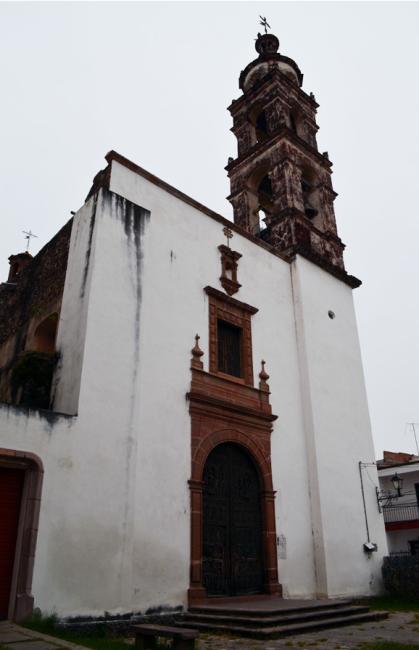
Conjunto Religioso de San Francisco
Religious Complex of San Francisco
Conjunto Arquitectónico
On June 13, 1638, Juan Gómez Bermejo donated a hall measuring 28 varas (about 23 meters) in length, located in front of an old Franciscan chapel, and on December 28 of the same year, it was established as a parish. The church was dedicated shortly before, on November 30, 1638.
Some years later, the Franciscans sold the site to the Brothers of the Third Order, who built the present-day Church of San Antonio. On February 2, 1643, the Bishop of Michoacán, Marcos Ramírez de Prado, formally established the parish.
The current church and convent of San Buenaventura were built on land donated by Juan Izquierdo, the alcalde mayor of Chochones.
During the Reform period, the convent was vacated and its roof dismantled; it remained abandoned for forty years. For a time, it was known as “The Ruins of San Francisco.” However, when the Franciscan friars returned, they undertook a gradual reconstruction of the complex, giving it the appearance it has today.

